Deep dive into space sci-fi: Best space opera books and novels about space
3rd Jul 2023
The first fiction books about space appeared in the 19th century when humanity was just beginning to realize the possibilities of space travel. A century and a half later, we have a huge legacy of hundreds of space novels in a variety of genres that still boggle the mind. Space opera covers some of the best sci-fi ever!
But how to choose the most interesting space books and stories? Not long ago, we recommended British Sci-Fi Books you simply must read. In this article, we selected for you the TOP 11 must-read space books of all time.
The most expected sci-fi novels to read in 2024
The world’s library of sci-fi books is constantly replenished with new works, and we wouldn’t want you to miss out on the best of them. And this is exactly what these three novels, due for a release in 2024, promise to be.
Womb city. Tlotlo Tsamaase
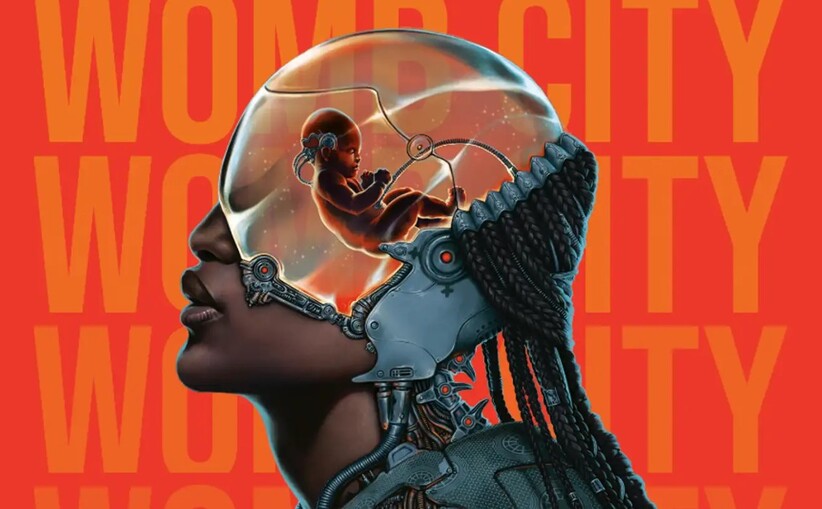
The debut book of an African writer, Tlotlo Tsamaase, is an explosive mixture of science fiction and horror, in which artificial intelligence, body autonomy, and reincarnation are closely intertwined.
Womb City takes us to a near-future Botswana where “everyone lives forever” thanks to technology that allows souls to be implanted into free bodies after death. Most of these bodies were previously considered prone to criminality, so they are microchipped and kept under constant surveillance until they prove their “purity.” Otherwise, the soul will be removed from such a body and placed in a cyber prison, and the body will be transferred to another owner.
The main character, Nelah, is in such a body with a microchip. She has no memory of her past but tries desperately to be part of a family that accepts her only out of love for the daughter Nelah carries in her womb. Every morning, Nelah’s husband, Elifasi, checks her for irregularities by connecting her microchip to a screen to view her memories of the previous day, as well as to manipulate her dirtily. Nelah’s daughter is growing up in the Wombcubater, an expensive artificial womb system described as a “tiny oval spaceship.” However, if Nelah and Elifasi cannot pay for it, the fruit will be confiscated, or the Wombcubater will simply shut down. The painful experience of a loveless marriage and the fear of losing her child force Nelah to begin an affair with a wealthy work colleague, who leads her to the path of a sinister killer.
Womb City can rightfully claim to be one of the best sci-fi books of 2024. It will appeal to anyone interested in breaking down systems of oppression: patriarchy, oppressive government, the criminal justice system, and technological surveillance.
Exordia. Seth Dickinson
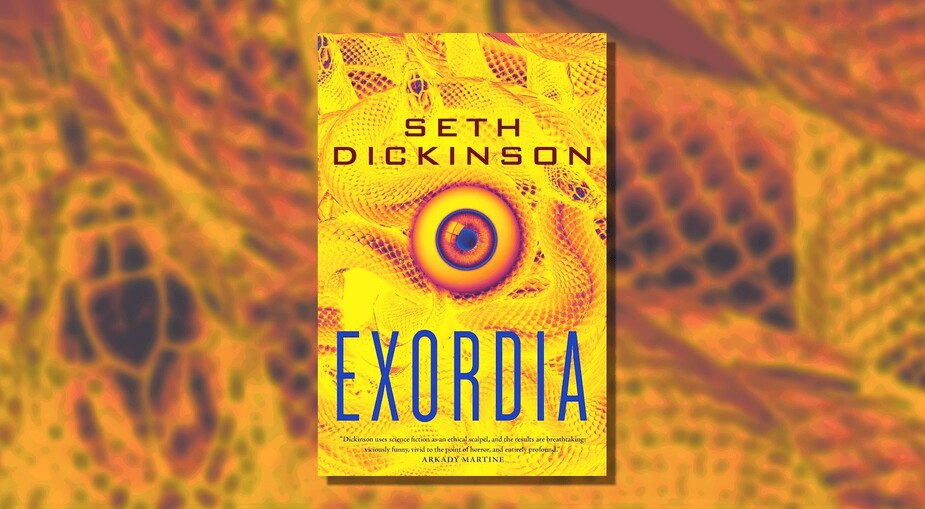
One afternoon, Anna Sinjari, a Kurdish woman living in New York City, encounters a snake-like alien basking on a rock in Central Park. An alien named Ssrin needs her help because he was injured by another snake-like alien, his enemy, who is hunting him. For some reason, Anna feels an attraction to Ssrin, which the alien calls surendure: two souls existing as one. Anna develops friendly feelings towards Ssrin, but as soon as their union takes shape, disaster strikes. Will Anna and Ssrin be able to fight hostile alien agents and save the world from intergalactic conflict? Find out in the new sci-fi bookExcordia by Seth Dickinson.
Ghost station. S.A. Barnes
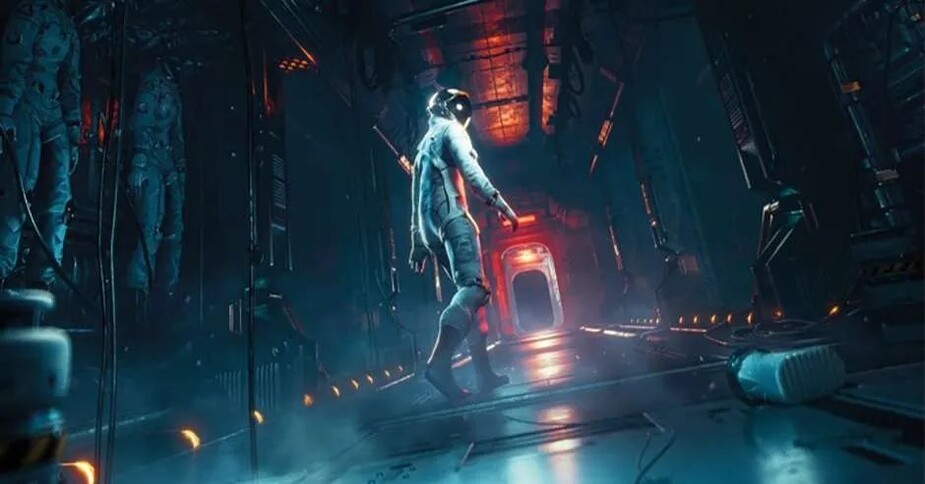
Psychiatrist Ophelia Bray embarks on a space research mission in hopes of finding a cure for the terrible ERS disease, which causes unreasonable outbursts of rage in astronauts who spend long hours in space. When explorers land on an abandoned planet, they discover that previous colonisers have abandoned it in a hurry. The team tries to solve this mystery but suddenly discovers their pilot has been brutally murdered. Ophelia Bray must find the killer… before he chooses his next victim. But who is he? Is it one of the crew members, or is there someone else on the planet?
The story turned out to be highly atmospheric, frightening, creepy, and exciting. Without a doubt, Ghost Station has every chance of becoming one of 2024’s best books about space in the genre of space isolation horror.
Best space opera books
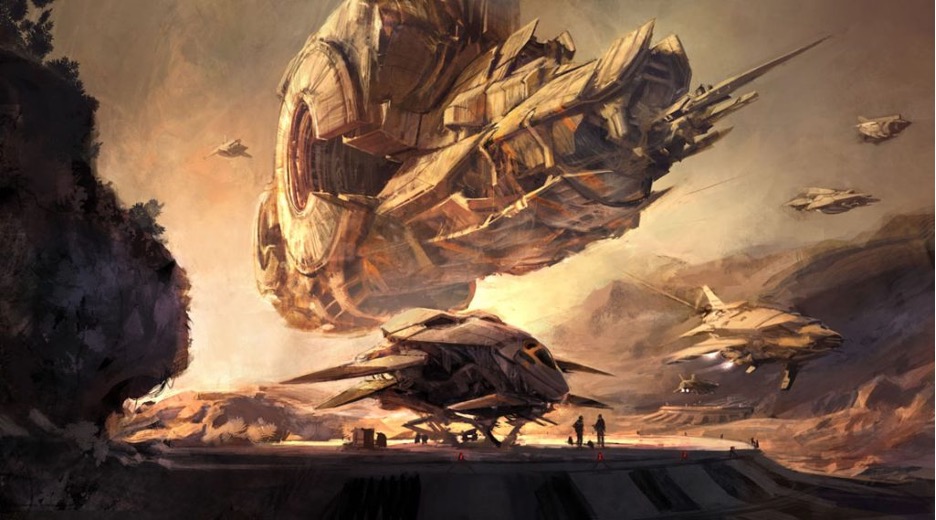
We’ll start with space opera, the most popular and capacious science fiction sub-genre, combining elements of space adventure, drama, and epic saga. The plots of space opera books are usually large-scale stories with heroic characters who travel to other planets and galaxies, meet alien races, colonize planets, participate in space battles, and engage in political and social interstellar conflicts.
Space opera as a book genre emerged in the 1930s as a response to a growing interest in space exploration and fantasy about the future. This book genre is inspired by scientific and technological achievements, trying to imagine a world in which people explore space and interact with other civilizations. The non-linear plot and the unique worlds with a detailed history put the space opera genre at the forefront of space fiction books.
We recommend you read the following epic space books.
“Dune” Frank Herbert, 1965

The epic saga takes place on the fictional planet of Arrakis, also known as Dune, dominated by interstellar empires and factions vying for the mining control of the precious substance called spice. The space book protagonist, Paul Atreides, becomes embroiled in dangerous political intrigues and conflicts when his family takes control of Arrakis.
The story of Dune immerses the book reader in a complex and deep world of relationships between various characters, forcing one to think about the issues of human nature, power, destiny, religion, and ecological balance.
This space novel has received great critical acclaim for its unique world-building approach and the philosophical and social aspects it covers. Dune was the first book in a series to include five more sequels written by Herbert himself, his son Brian Herbert, and Kevin J. Anderson.
Due to such immense popularity among book readers, Dune novel later served as an inspiration for a computer game and two feature movies, which you have probably watched already. And if you haven’t, it’s time to read the novel!
“Foundation” Isaac Asimov, 1942-1993

Without exaggeration, this is one of the best space opera books of all time. Foundation tells the story of humanity’s future when the Galactic Empire is on the verge of its decline. The series’ protagonist, Hari Seldon, a mathematician, develops a new scientific discipline called “psychohistory”, which allows one to predict the collective actions of large groups of people. He appears after death at times of crisis as a hologram.
Seldon creates the Foundation, an organization that aims to preserve the knowledge and culture of mankind during the coming dark period when the Empire falls apart, and chaos ensues. Unbeknownst to the Foundation (at first) there’s a second Foundation with a very different focus.
Asimov devoted more than 50 years to creating the Foundation space book series. The series of space novels includes the main trilogy: Foundation, Foundation and Empire, and Second Foundation, as well as several other books. The writer has created a complex and majestic galactic saga that explores issues of power, control, and destiny.
As a result, Foundation has received numerous awards, including the Hugo Award, and remains one of the most famous and influential books in the space science fiction genre.
“Hyperion” Dan Simmons, 1989
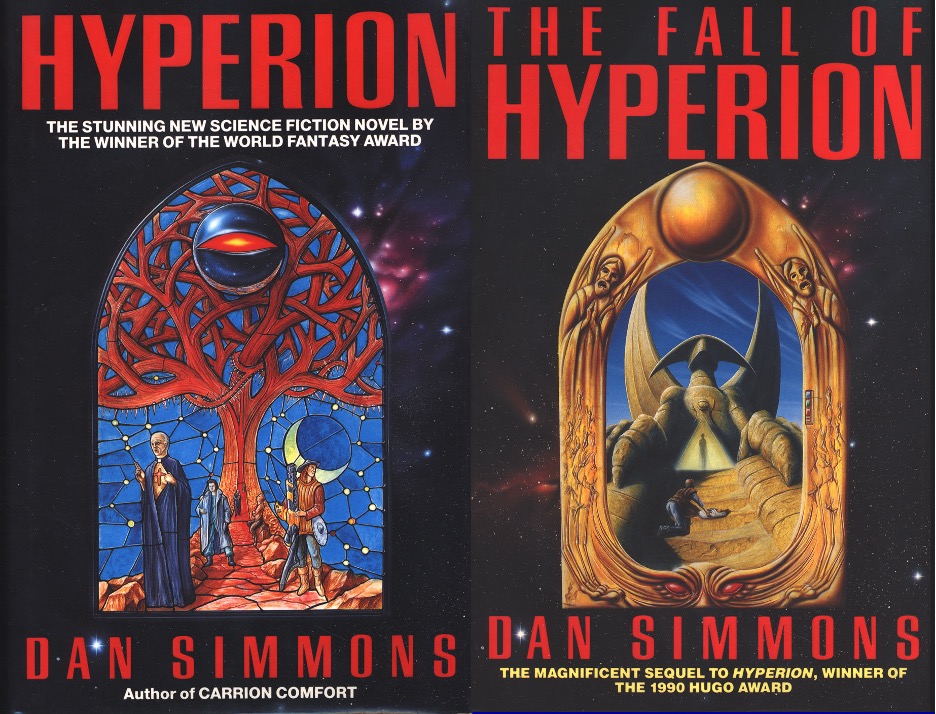
This book about space is set on the planet Hyperion, which becomes a place of pilgrimage for seven travellers, also called “pilgrims”. Each of them has a unique story and motivation, and they come together to unlock the secrets of the Tercentenary Lighthouse, a mystical and mysterious artefact that can grant a wish but requires sacrifice. Each main character tells one’s own story, creating a rich and deep mosaic of worlds and experiences.
This space novel explores such themes as time, fate, faith, love, and death. Simmons also raises philosophical questions about the nature of being human, mixing religious, ethical and metaphysical aspects.
Hyperion received widespread acclaim and won several prestigious book awards, including the Hugo Award. The saga was continued in the novels The Fall of Hyperion, Endymion, The Rise of Endymion, and a number of short stories included in the Hyperion Cantos series.
“Red Mars”. Kim Stanley Robinson, 1992
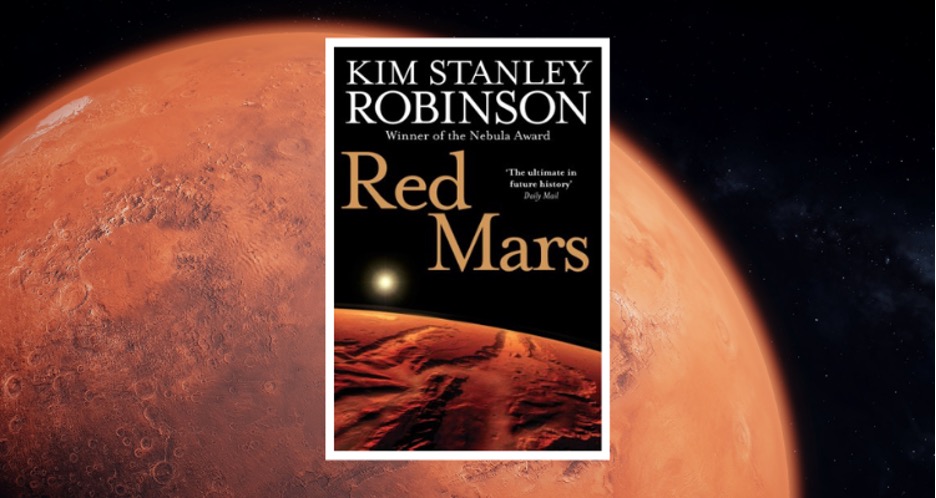
Set in the near future, Red Mars centres on a group of scientists and engineers who make up the First Hundred — the first group of settlers sent to Mars.
This space book deals with various themes, including the impact of colonization on the environment, the struggle for power and control, and the ethical considerations involved in changing an alien planet. Robinson incorporates detailed scientific and technical elements into the narrative, providing a realistic portrayal of the challenges and opportunities for Mars colonization.
Red Mars received critical acclaim and won several prestigious book awards, including the Nebula Award for Best Novel in 1993. It is considered one of the best sci-fi space opera books and is highly regarded for its scientific accuracy and complex character development.
Red Mars is the first book in Robinson’s Mars trilogy, followed by Green Mars and Blue Mars. If you are interested in the topic of red planet colonization, you should read the entire space book series.
“Leviathan Wakes” James S.A. Corey (the pen name of Daniel Abraham and Ty Franck), 2011
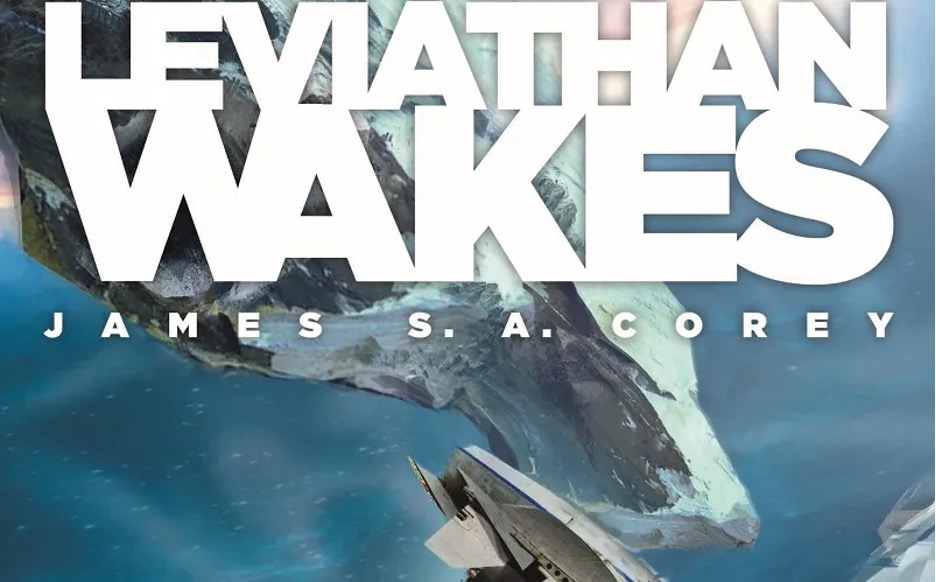
The novel Leviathan Wakes tells the story of an interplanetary conflict that occurs in the future when humanity colonizes the solar system. This place book focuses on two main characters: Jim Holden and Joe Miller.
Jim Holden is a former officer turned captain of a spaceship who witnesses a mysterious attack and destruction of another ship, thus becoming embroiled in a complex political intrigue that could lead to war between Earth, Mars, and the asteroid belt. Holden tries to uncover the truth about the incident and prevent the disaster.
Joe Miller, a missing persons detective working in the asteroid belt, is assigned to find a missing girl, and in the course of his investigation, discovers a mystery involving a mysterious organism, a protomolecule known as Leviathan, capable of destroying everything in its path.
This space book immerses readers in the noir atmosphere shrouded in intricacies of racial and political conflict, interplanetary expansion, corruption, and the consequences of technological progress.
Leviathan Wakes is one of the most iconic dark space books. The novel became the starting point for the The Expanse series, which includes nine short stories. Based on a series of books, a TV series of the same name was filmed and released in 2015.
Other cool books about space worth reading
Of course, the abundant world of space books is not limited to the space opera genre. Here are some highly regarded space fiction and sci-fi novels that are widely considered to be among the best in the genre.
“The War of the Worlds”. Herbert Wells, 1897
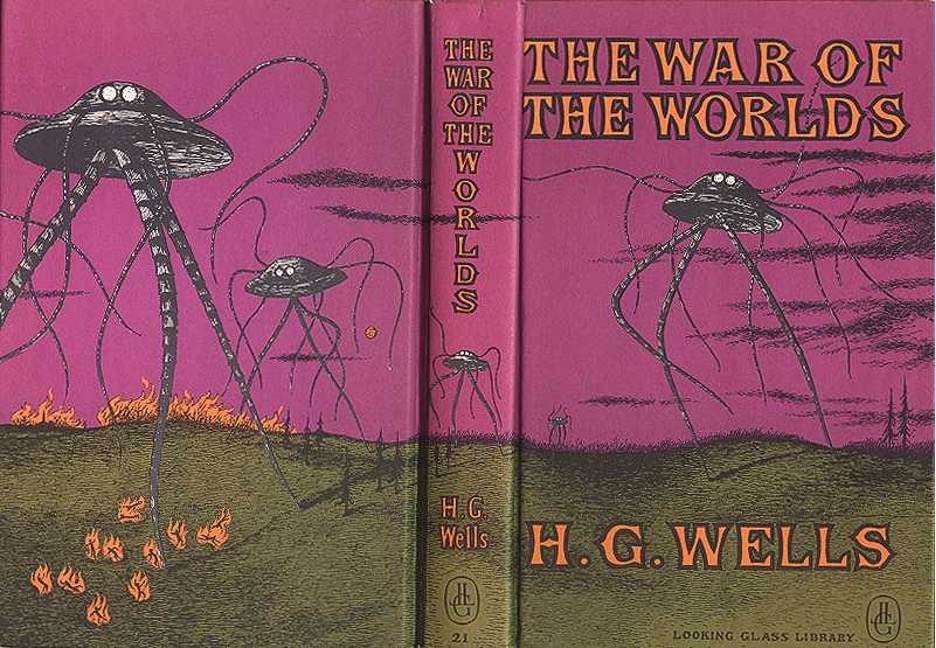
In The War of the Worlds, Martians use advanced technology to attack Earth using giant three-legged machines that burn everything in their path with a heat beam. Humanity is not prepared for such aggression from space and faces great difficulties resisting it.
The protagonist of the space novel, an unnamed bystander, recounts his experience, mankind’s helplessness in the face of the Martians, and the deep fear that reigns throughout history. Ultimately, the Martians perish from ordinary terrestrial bacteria, to which people have developed immunity over thousands of years of evolution.
Wells’ War of the Worlds is rightfully one of the best space science fiction books that has had a significant impact on science fiction and art in general. The novel draws attention to how vulnerable a person is against unpredictable and dangerous forces, emphasizing the importance of solidarity and cooperation in extreme situations.
The book has received numerous adaptations for radio, film, television, and theatre. The most famous film version is Steven Spielberg’s 2005 movie starring Tom Cruise and Tim Robbins.
“Starship Troopers” Robert A. Heinlein, 1959
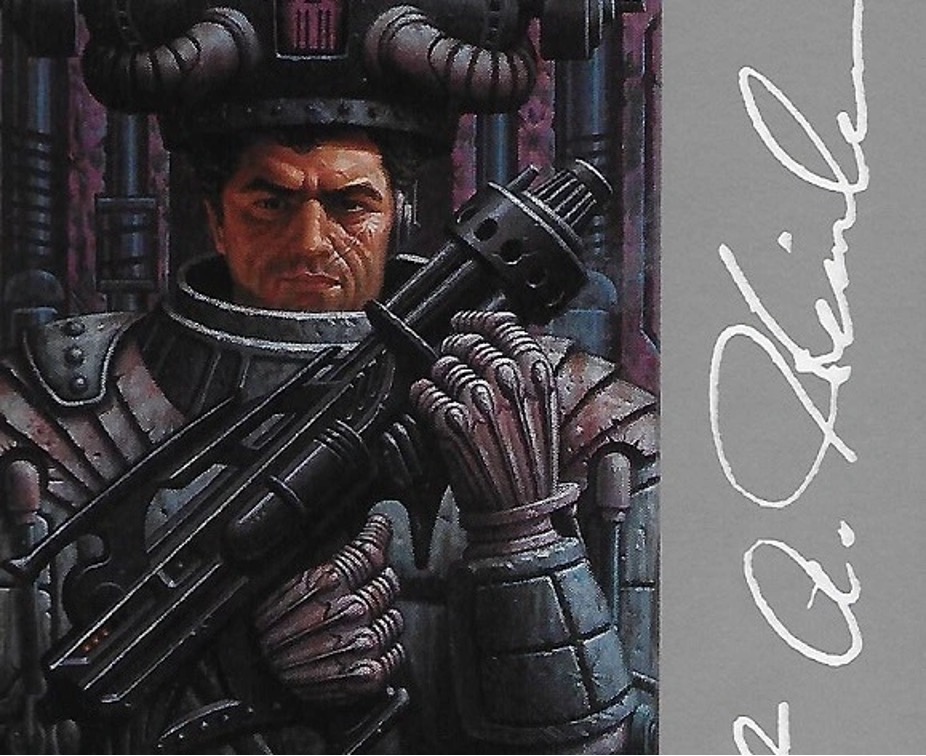
The space book tells the story of Juan Rico, a Puerto Rican youth who joins the Starship Troopers, a sort of space-based version of Earth’s marines fighting against the insectoid aliens known as the Arachnids. The space book covers Rico’s training in the paratrooper school and his participation in the war against the arachnids.
Besides space, Starship Troopers touches on philosophical and political issues, including the role of military service in society, civil rights, and social responsibility. The book received various reviews from critics and became one of Heinlein’s most famous works and best space marine books.
In 1997, this space book was adapted into a cult movie of the same name, which, unlike the original novel, focuses more on space action scenes and visuals.
“Ender’s Game” Orson Scott Card, 1985
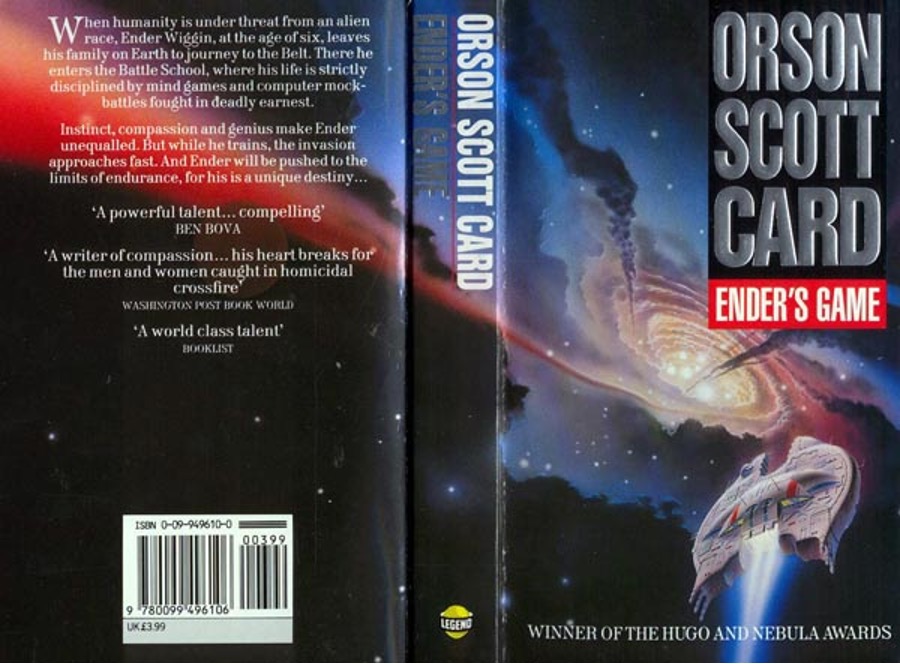
This space book is set in a future where Earth is threatened by an alien species known as the “Buggers”. The space book protagonist, Andrew “Ender” Wiggin, is a young lad who has been chosen to train at Combat School, the training centre for a new generation of military leaders. Ender has exceptional strategic skills, and he will have to go through a series of intense simulations and battles to prepare him for the future war against the Buggers.
This space book explores the themes of war, leadership, morality, and the psychological implications of preparing children for combat. The novel plunges the reader into Ender’s complex mind as he struggles with the weight of his duties, isolation, and the need to live up to high expectations. Even though a space book, it also raises thought-provoking questions about the nature of power, empathy, and the consequences of our actions.
Ender’s Game proudly stands among the best space fiction books. This space novel won numerous awards, including the Hugo and Nebula Awards, and has spawned several book sequels and spin-offs that expand on the universe and the characters introduced in the original story. In 2013, Hollywood made a film of the same name based on the book, and the picture scored 6.6 points in the IMDB rating.
“2001: A Space Odyssey” Arthur C. Clarke, 1968

The plot of the Space Odyssey novel is based on the idea of human interaction with a highly developed extraterrestrial civilization and space exploration. The story develops in different time periods and includes four main book settings:
- Distant past — the acquaintance of a primitive man with a mysterious monolith that arrived from outer space.
- Luna 1 — Journey to the Moon, where astronauts discover a second monolith that sends a signal to Jupiter.
- The Sun in the back — a journey to Jupiter, during which the HAL 9000 artificial intelligence gradually becomes unpredictable and starts posing a threat to the crew.
- Jovian epilogue — the main book character Dave Bowman comes into contact with the 4th monolith, personifying the higher mind, undergoes a transformation, and encounters phenomena beyond the limits of human understanding.
The book plot repeats the events of Stanley Kubrick’s movie of the same name. It is interesting that another book by Arthur Clarke, The Guardian, inspired Kubrick to create the space action film, and the writer himself worked together with the director on the movie script, which later turned into a parallel novel.
Despite the complexity and length of the book storyline, as well as very mixed reviews from critics and the public, 2001: A Space Odyssey is still considered the standard of the best deep space sci-fi books and movies.
“Contact” Carl Sagan, 1985

The plot of the Contact novel revolves around Dr Eleanor Arroway, an astrophysicist who is looking for intelligent extraterrestrial life. She uses radio telescopes to monitor outer space for signals that indicate the presence of an intelligent civilization. And now, finally, she receives a signal containing complex mathematical sequences that can be proof of an extraterrestrial civilization’s existence.
Eleanor and her colleagues begin to decipher the message and discover that it is instructions for building a machine capable of making contact with extraterrestrial civilizations. The worldwide community, representatives of different countries and religions come together to coordinate the construction and launch of the machine.
Contact explores a wide range of topics, including science, religion, politics, and philosophy. The book challenges prejudices and stereotypes, inviting readers to reflect on humanity’s place in the universe and the search for meaning in existence.
Carl Sagan, in addition to being the author of the Contact novel, was also a famous astronomer, astrophysicist, and popularizer of science. He devoted his life to the study of space and the dissemination of scientific knowledge to the general public. Sagan was also one of the founders and lead scientists of the SETI (Search for ExtraTerrestrial Intelligence) project, aimed at detecting signals from extraterrestrial civilizations. These ideas and Sagan’s experiences permeate Contact, making it one of the space science books of all time.
This was the last book in our selection, but not the last one in our library of the best books about space. And now, we hope that the same statement is true for you, too. Read space books because they invite us to go on thrilling, exciting adventures far beyond our planet, exploring thousands of incredible worlds and civilizations. No film could ever give you such a flight of fancy. Do you agree?
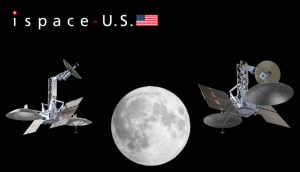

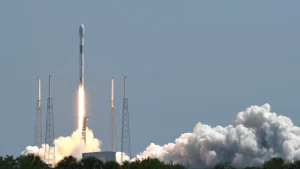



Thank you for your comment! It will be visible on the site after moderation.